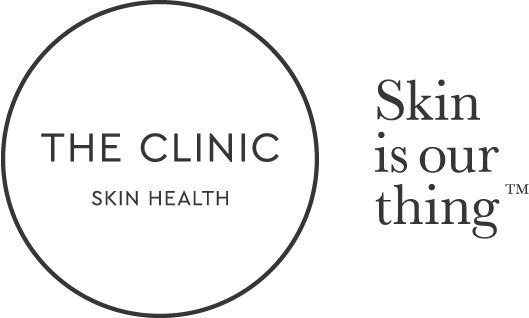How does Summer affect Rosacea?
Weather can significantly impact rosacea, a chronic skin condition characterised by facial redness, swelling, and sometimes acne-like eruptions. Different weather conditions can trigger or exacerbate rosacea symptoms due to various reasons. Understanding how weather affects rosacea is key to managing the condition effectively. Here's an overview of the impact of Sumer weather conditions on rosacea:
Sunlight and Heat
Impact: Sun exposure is one of the most common triggers for rosacea. UV radiation can cause skin damage and inflammation, leading to flare-ups. Heat, including hot weather and environments like saunas or hot kitchens, can also exacerbate rosacea by causing vasodilation (widening of blood vessels), increasing blood flow and redness.
Management: It's important to use broad-spectrum sunscreen, wear protective clothing, and seek shade. Keeping cool with fans, air conditioning, or cool compresses can help manage symptoms.
Humidity
Impact: High humidity can increase sweating, irritating the skin and exacerbating rosacea. Conversely, low-humidity environments can dry the skin, triggering symptoms.
Management: Using appropriate skincare products to maintain skin hydration is essential. In high humidity, gentle cleansing to remove sweat and using non-comedogenic products can help. Using a humidifier and hydrating skincare products can be effective in low humidity.
The relationship between Vitamin D and Cathelicidin activation is an exciting and complex aspect of immunology and dermatology, particularly relevant to skin conditions like rosacea. Here's an overview of how these two components interact:
Vitamin D and Cathelicidin: The Basics
Vitamin D:
Vitamin D is a fat-soluble vitamin crucial for bone health, immune function, and cell growth.
It is obtained from the diet and supplements and synthesised in the skin through sunlight exposure.
Cathelicidin:
Cathelicidins are a group of antimicrobial peptides that play a critical role in the innate immune system, particularly in skin defence.
They have antimicrobial properties and are involved in the body's response to injury and infection.
The Relationship
Regulation of Cathelicidin by Vitamin D:
Vitamin D regulates the production of cathelicidin. The active form of Vitamin D (calcitriol) binds to Vitamin D receptors on various cells, including skin cells, and can stimulate the production of cathelicidin.
This regulation is part of the body's natural defence mechanism. When the skin is injured or under attack by pathogens, Vitamin D levels can influence the production of cathelicidin to combat these threats.
Cathelicidin in Skin Conditions:
The interaction between Vitamin D and cathelicidin in skin diseases like rosacea becomes particularly significant.
Overproduction or abnormal processing of cathelicidin can lead to increased inflammation and is linked to rosacea symptoms, such as redness, swelling, and acne-like bumps.
Inflammatory Response:
Cathelicidin can trigger an inflammatory response, a key feature of rosacea. The role of Vitamin D in modulating cathelicidin production suggests that it may indirectly influence the severity or occurrence of inflammatory symptoms in rosacea.
Clinical Implications
Treatment and Management: Understanding the Vitamin D-cathelicidin pathway could lead to new treatment strategies for rosacea and other skin conditions. For instance, regulating Vitamin D levels might help manage cathelicidin production and control inflammation. LED light therapy assists in reducing inflammation.
Research: There is ongoing research into how altering Vitamin D levels might affect cathelicidin and skin health and disease. This research is critical in understanding the potential therapeutic uses of Vitamin D in dermatological conditions.
Conclusion
The relationship between Vitamin D and cathelicidin activation is a crucial factor in skin health and immune defence. This relationship is significant in the context of rosacea as it might influence the inflammatory processes underlying the condition. However, the exact mechanisms and implications for treatment are still subjects of active research and are yet to be fully understood.
Some helpful tools
Book in LED light therapy treatments.
Have FRED ice facial tool on hand.
Beta gel and Acu masque in your skincare arsenal.
